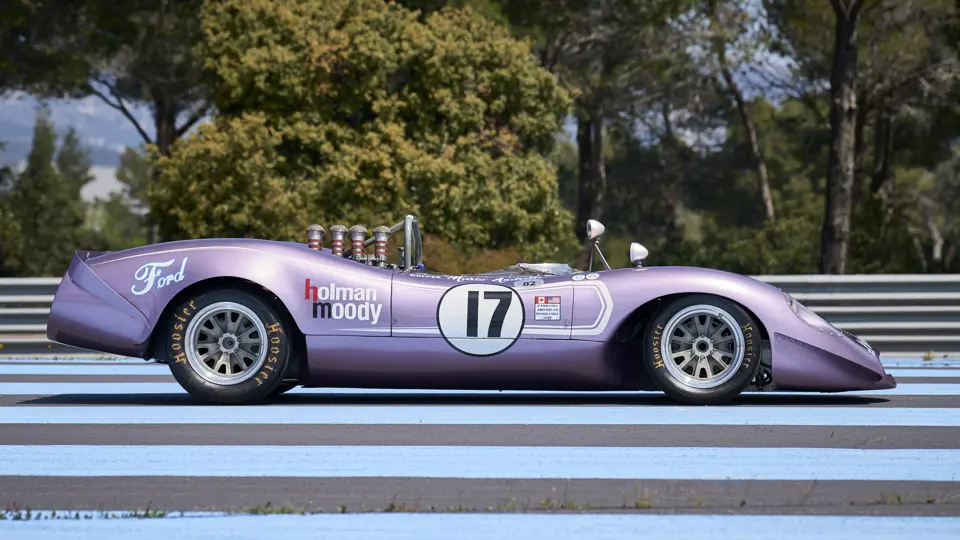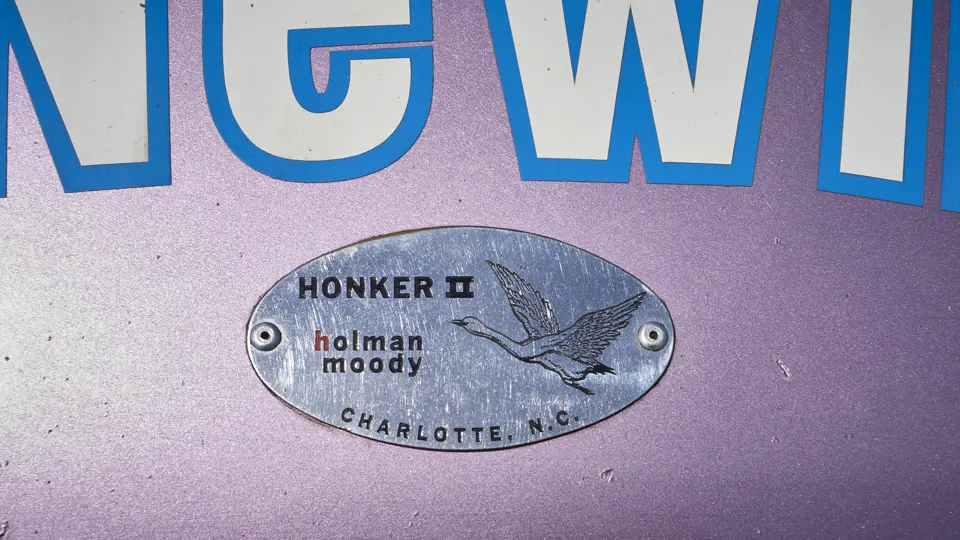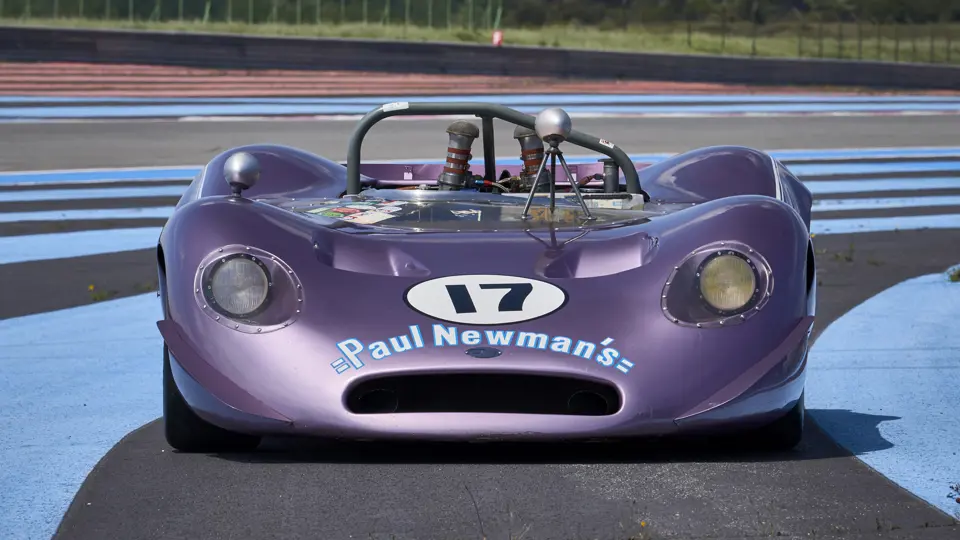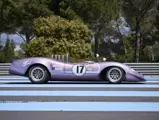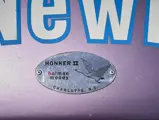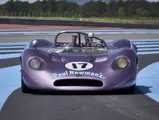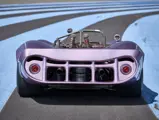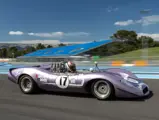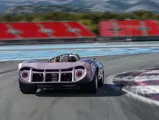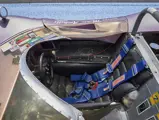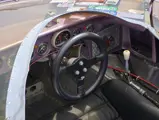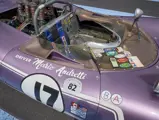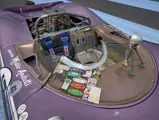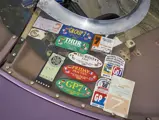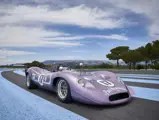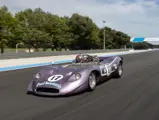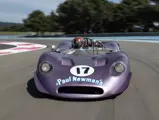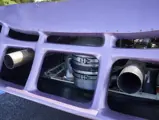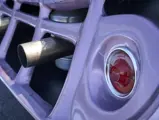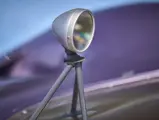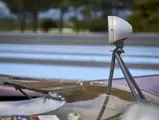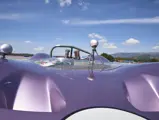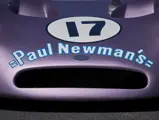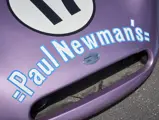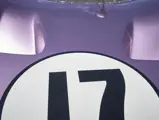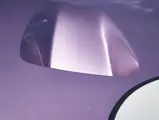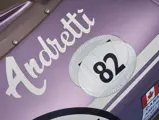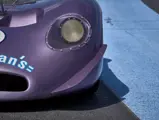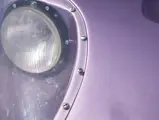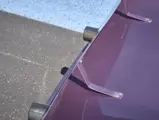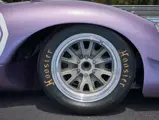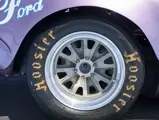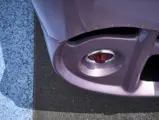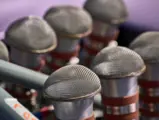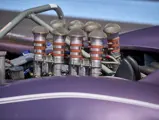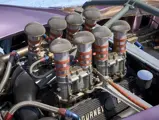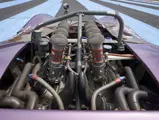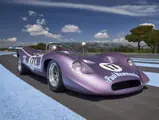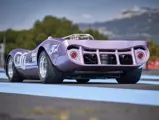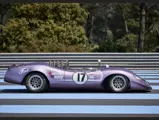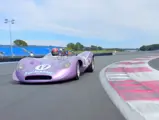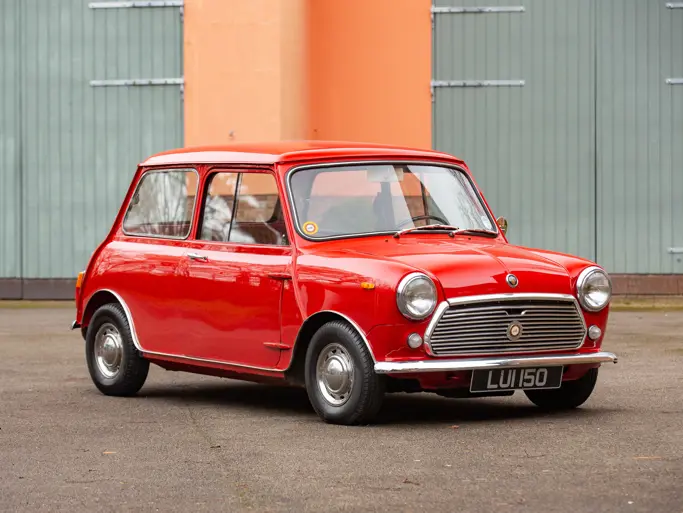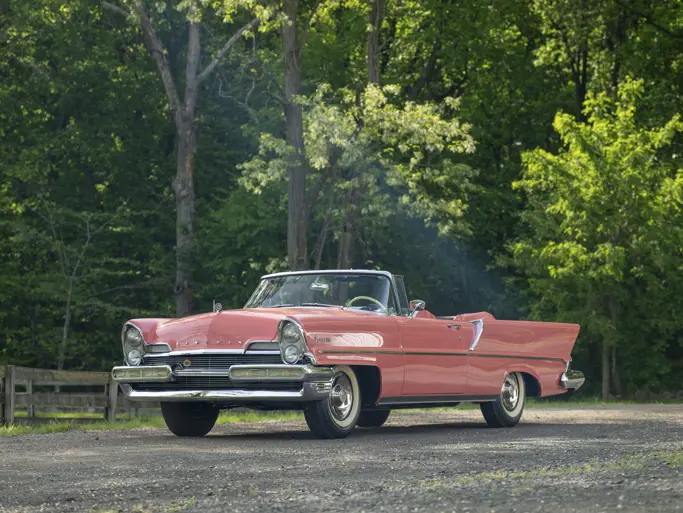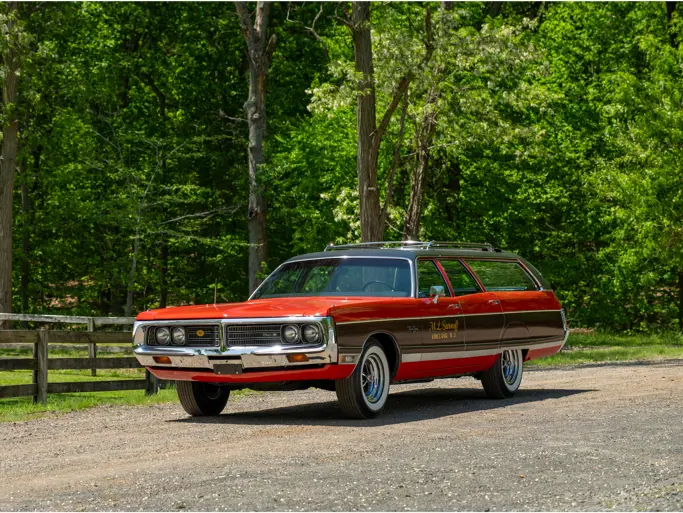
1967 Holman-Moody Ford Honker II
{{lr.item.text}}
€252,500 EUR | Sold
{{bidding.lot.reserveStatusFormatted}}
- The first car Can-Am competition car by Holman-Moody
- Campaigned by the acclaimed Mario Andretti, under sponsorship from Paul Newman
- Featured in Paul Newman’s 1969 film, Winning
- Restored by a former McLaren Can-Am car builder
- Features a 600 brake horsepower V-8 engine with Hewland LG-600 transaxle transmission
- Première voiture de Can-Am réalisée par Holman-Moody
- Pilotée par le célèbre Mario Andretti, quand la voiture appartenait à Paul Newman
- Apparaît dans le film de 1969 de Paul Newman, Virages
- Restaurée par un ancien constructeur de McLaren Can-Am
- Dotée d'un V8 de 600 ch avec une boîte-pont Hewland LG-600
Holman-Moody was founded by John Holman and Ralph Moody. The pair had been hired by Ford in 1956—Holman as Ford’s stock car mechanic at their workshop in Charlotte, North Carolina, and Moody as a NASCAR driver. In 1957, Ford, along with other American manufacturers, was banned from official participation in motorsport. Holman and Moody were made redundant, and so founded Holman-Moody to continue their involvement in racing. They subsequently purchased Ford’s Charlotte workshop for $12,000.
By 1965, Holman-Moody was a leading American race car manufacturer, with Fords built by Holman-Moody winning 48 of 55 NASCAR Grand National Series races in 1965. To this day, this record remains unbroken.
The constructor wanted to compete in the Can-Am series, bringing about the Honker II, nicknamed after Holman from his truck driving days. The car was painted in the Ford team colour, Passino Purple, while Len Baily designed the car, and Alan Mann built the chassis. The disc brakes and certain suspension components were placed inboard, similar to Formula 1 cars made by Cooper. The initial powerplant was a fuel-injected 351-cubic-inch V-8 pre-production Ford engine. The second was a 377-cubic-inch V-8 with Gurney-Weslake cylinder heads, and a Hewland LG-600 transaxle transmission sent power to the rear wheels.
The Honker II competed in the 1967 Can-Am racing series, when it was owned by Paul Newman and driven by racing legend Mario Andretti. The car entered five races, with the best result of 8th at Bridgehampton, New York. Newman would feature the car in the 1969 film he starred in, Winning.
The car was returned to Holman-Moody’s workshop and sat until the mid-1980s, when Lee, John Holman’s son, commissioned a restoration. This was completed by Holman-Moody and InMatch engineering of Barrington, Illinois. After the restoration, a 377-cubic-inch Ford SVO engine with Gurney-Weslake heads and four Weber carburettors was installed. In 1994, Thomas Mittler purchased the Honker II and tasked Alex Greaves, a former McLaren Can-Am builder, with the project of making the car competitive. Mittler spent $190,000 and was rewarded when the Honker II won the Historic Can-Am celebration cup in 1997. In 2008, the engine and suspension were rebuilt.
A beautifully designed and carefully restored chassis intimately connected to some of the most famous names in American racing history, the 1967 Holman-Moody Ford Honker II would be well-suited to further exhibition and vintage competition.
Holman-Moody a été fondé par John Holman et Ralph Moody. Les deux hommes avaient été engagés en 1956 par Ford — Holman en tant que mécanicien de stock car dans l'atelier Ford de Charlotte, en Caroline du Nord, et Moody comme pilote NASCAR. En 1957 Ford, avec d'autres constructeurs américains, a été écarté de toute participation officielle en sport automobile. Holman et Moody ont été licenciés et, pour poursuivre leur activité en sport automobile, ils ont donc ouvert Holman-Moody. Ils ont alors acheté l'atelier de Ford, à Charlotte, pour 12 000 $.
En 1965, Holman-Moody était devenu un important constructeur de machines de compétition ; en 1965, les Ford fabriquées par Holman-Moody ont remporté 48 des 55 épreuves des NASCAR Grand National Series, un record qui reste, à ce jour, invaincu.
Le constructeur souhaitait prendre part aux séries Can-Am et a mis au point la Honker II, surnom qui faisait allusion à l'ancienne activité de camionneur de Holman. Conçue par Len Baily et dotée d'un châssis réalisé par Alan Mann, la voiture a été peinte aux couleurs de l'équipe Ford, "Passino Purple". Les freins à disques et certains composants de suspension ont été placé "inboard", comme sur les monoplaces Cooper de Formule 1. Le premier moteur était un V8 Ford de pré-série, de 351 ci à injection. Le deuxième était un 377 ci doté de culasses Gurney-Weslake, et il était relié à une boîte-pont Hewland LG-600 transmettant la puissance aux roues arrière.
La Honker II a pris part aux séries Can-Am 1967. Appartenant alors à Paul Newman, elle était pilotée par une légende de la compétition, Mario Andretti. Elle a pris le départ de cinq épreuves, décrochant comme meilleur résultat une huitième place à Bridgehampton (New York). Newman a fait apparaître en 1969 la voiture dans le film dans lequel il jouait, Winning [Virages].
La voiture est ensuite retournée à l'atelier Holman-Moody où elle est restée jusqu'au milieu des années 80 quand Lee, le fils de John Holman, a demandé qu'elle soit restaurée. La remise en état a été menée à bien par Holman-Moody et InMatch engineering, de Barrington (Illinois). Après la restauration, elle a reçu un moteur Ford SVO 377 ci à culasses Gurney-Weslake et alimenté par quatre carburateurs Weber. En 1994, Thomas Mittler a acheté la Honker II et a demandé à Alex Greaves, ancien constructeur de McLaren pour les séries Can-Am, d'en faire une machine compétitive. Après avoir dépensé 190 000 $, Mittler a été récompensé en remportant en 1997 la coupe de l'Historic Can-Am Association, avec la Honker II. En 2008, le moteur et la suspension ont été refaits.
Superbement conçue et magnifiquement restaurée, intimement liée à certains des noms les plus célèbres de l'histoire du sport automobile américain, cette Holman-Moody Ford Honker II 1967 conviendra parfaitement à toute exposition ou compétition historique.

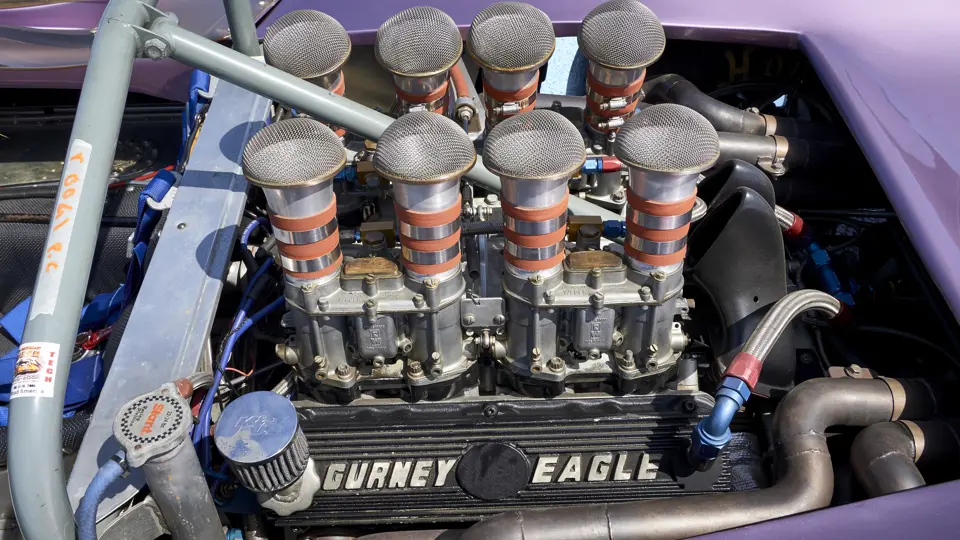


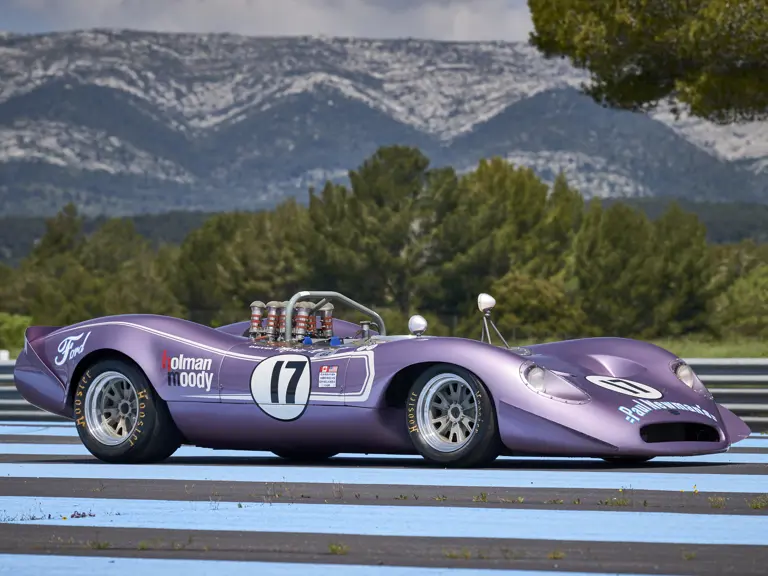
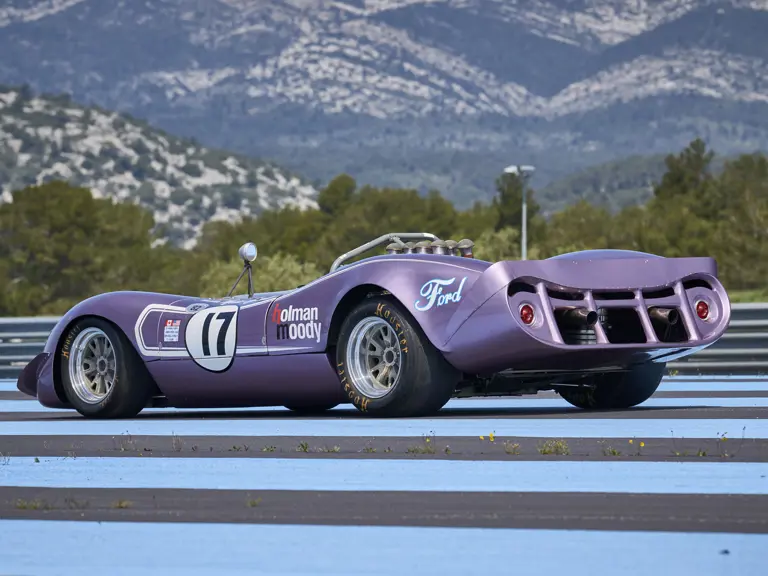
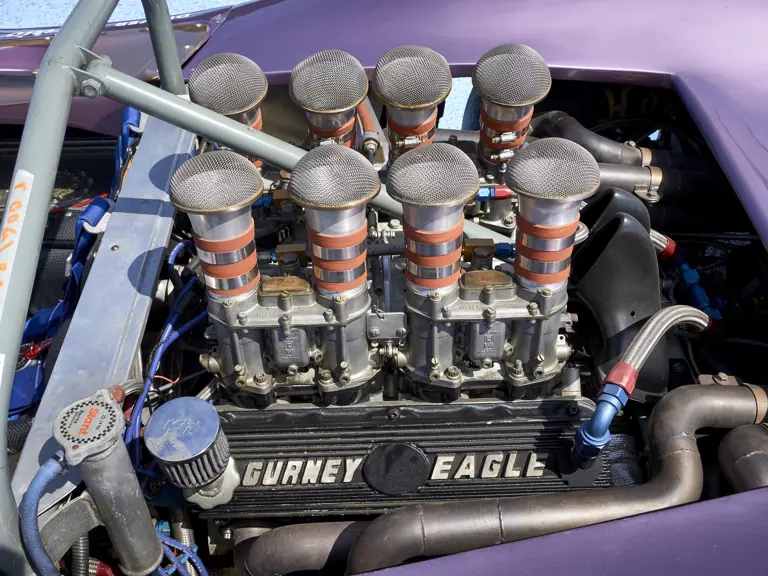

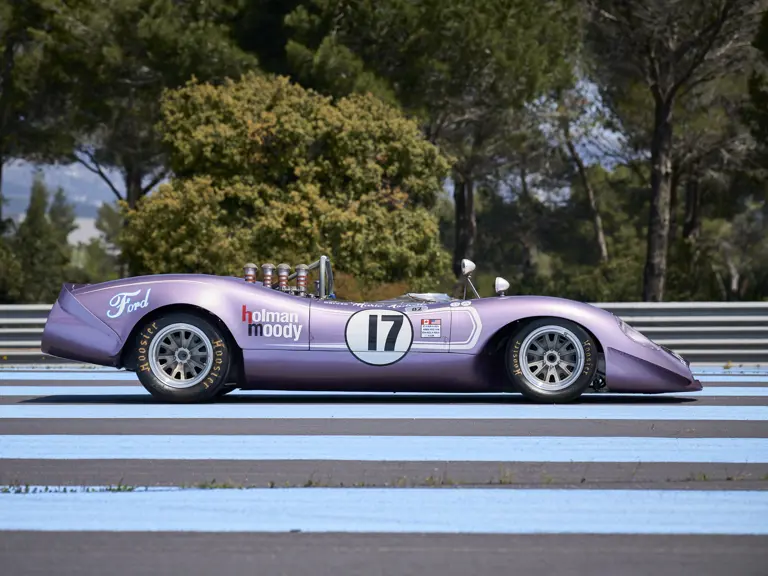
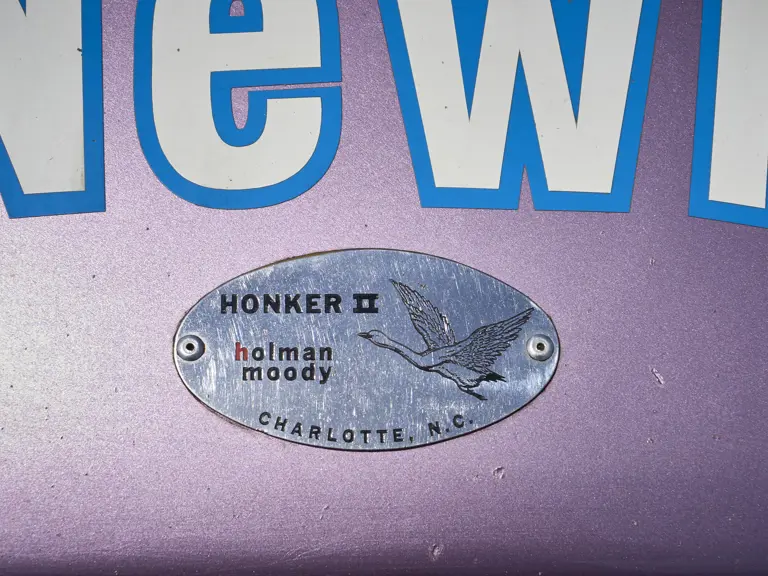

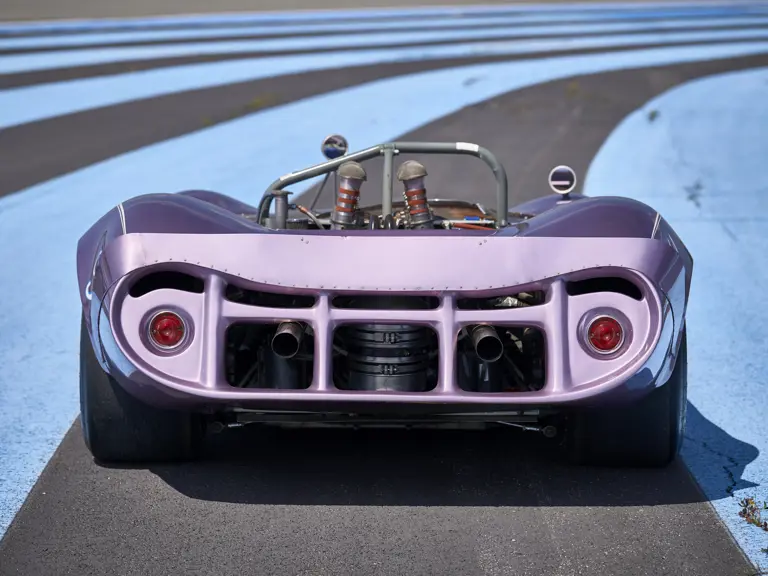
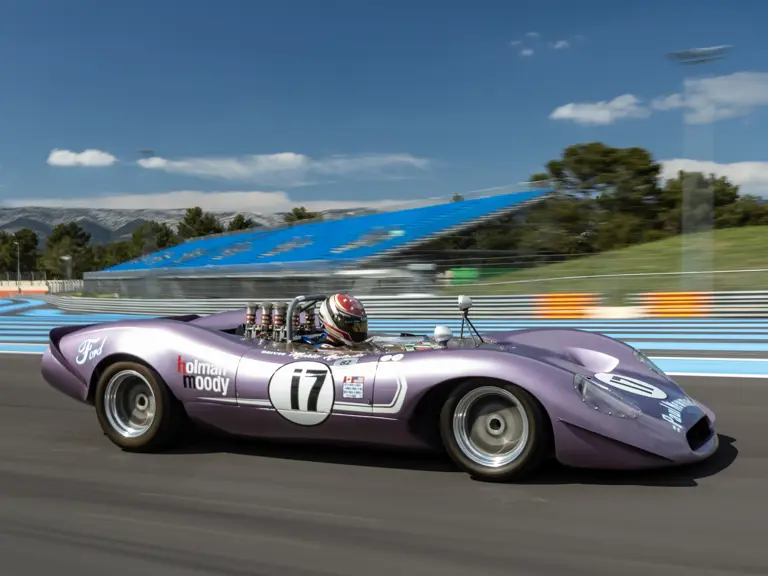

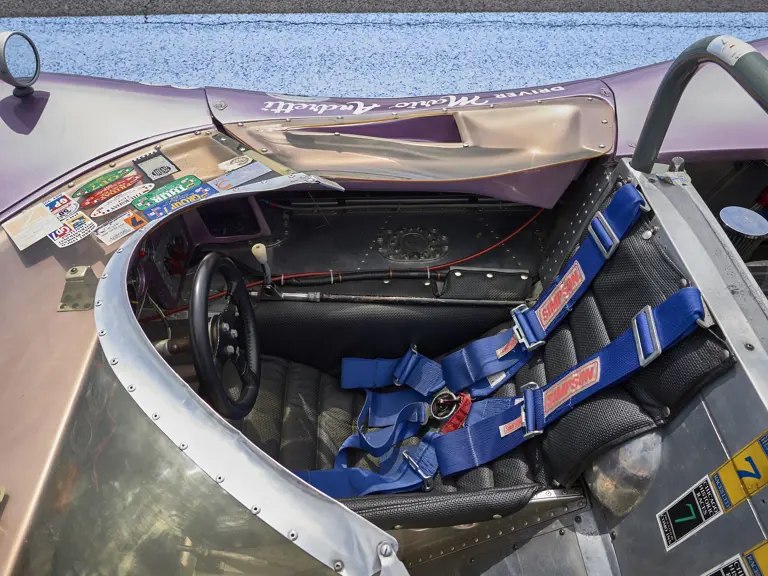
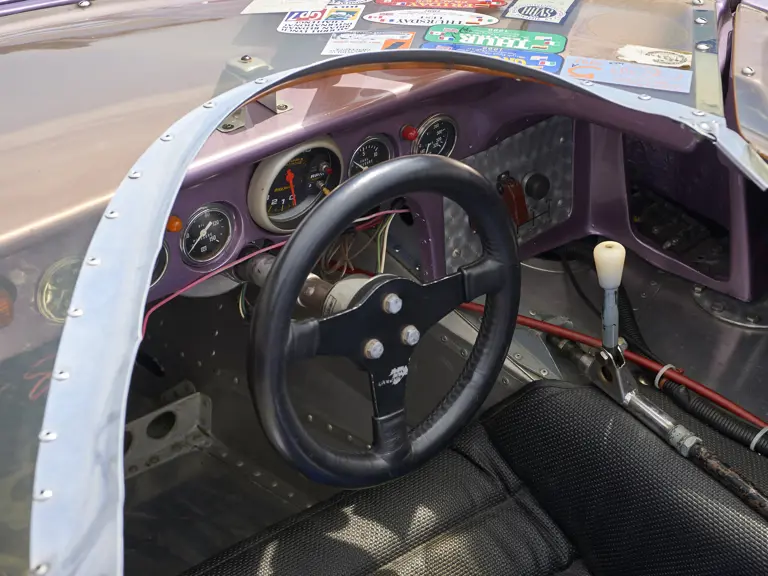
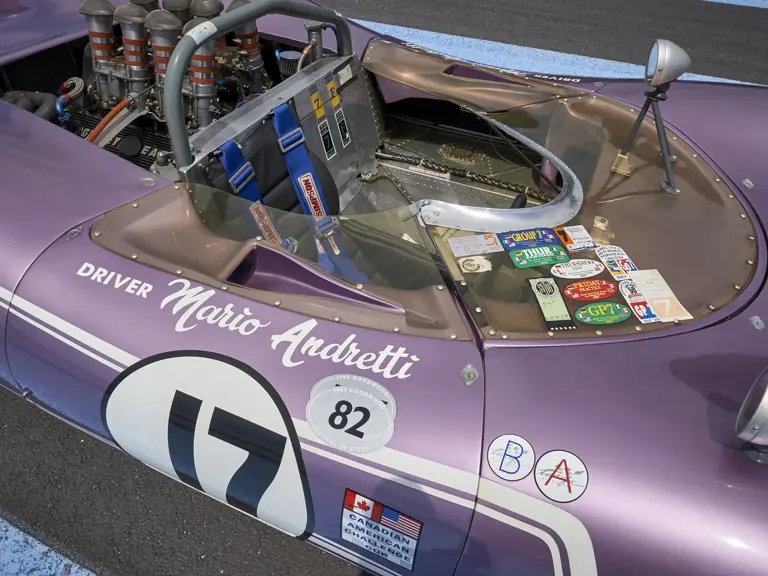
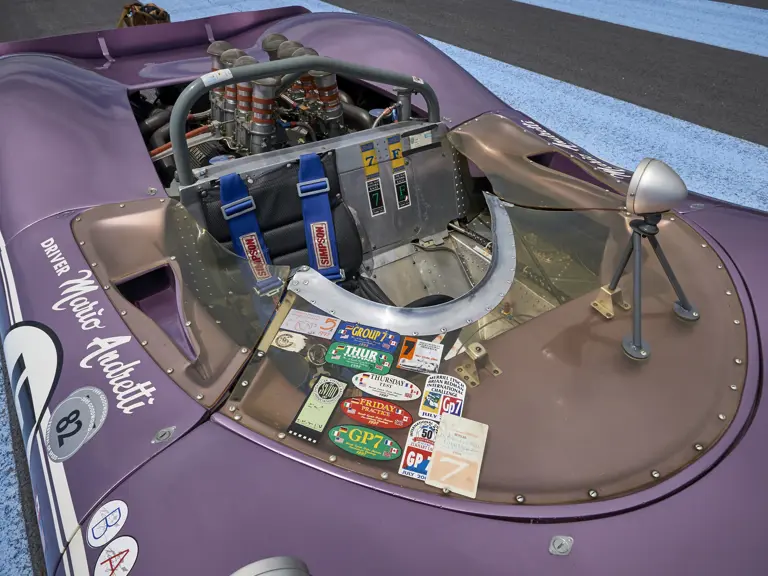


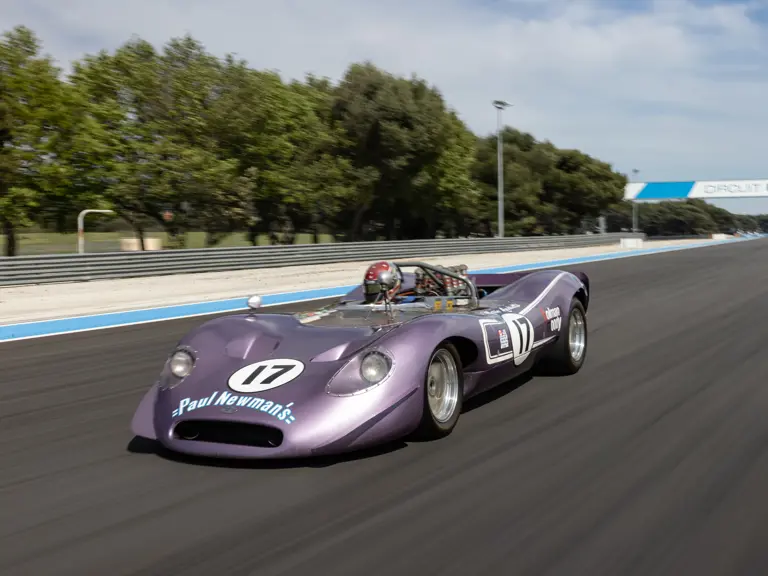
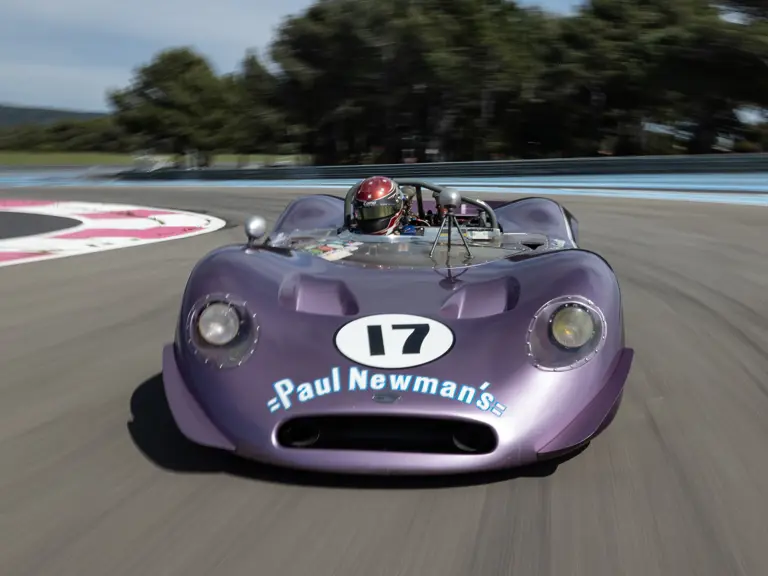
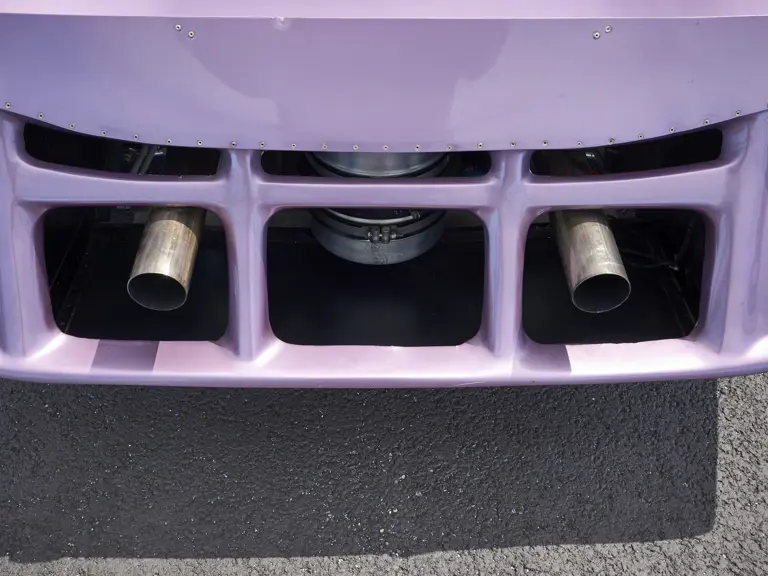
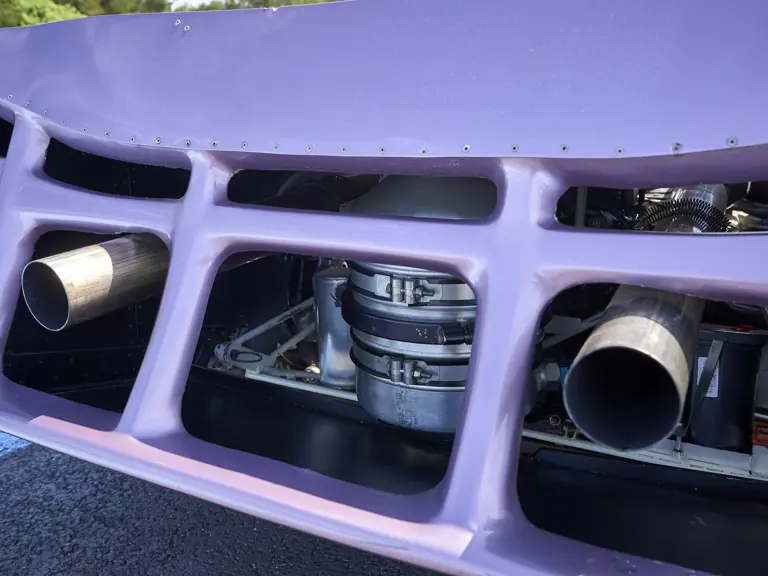
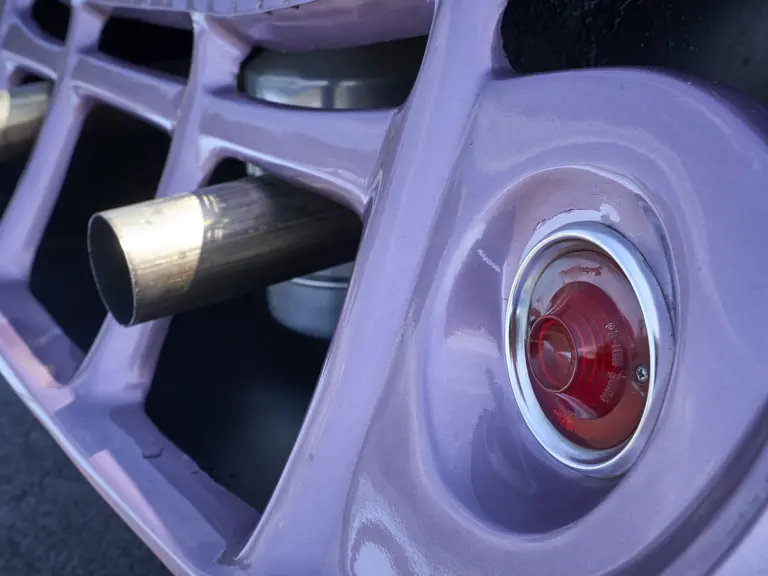
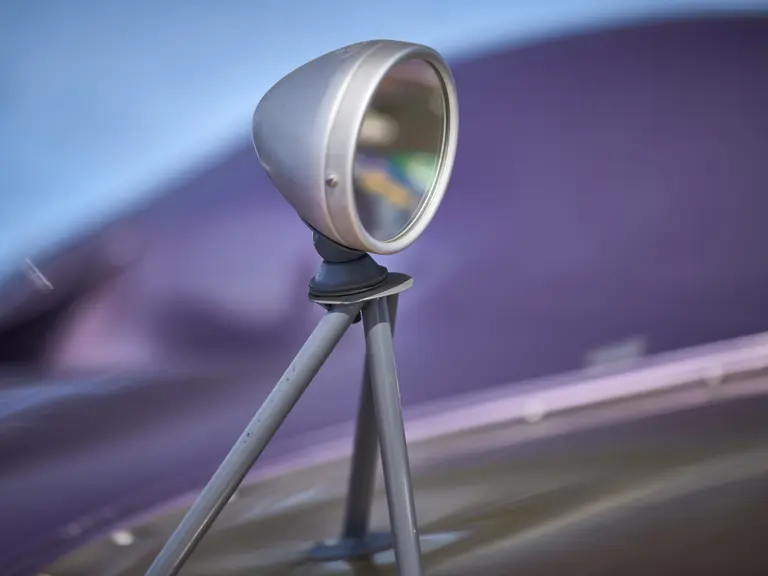
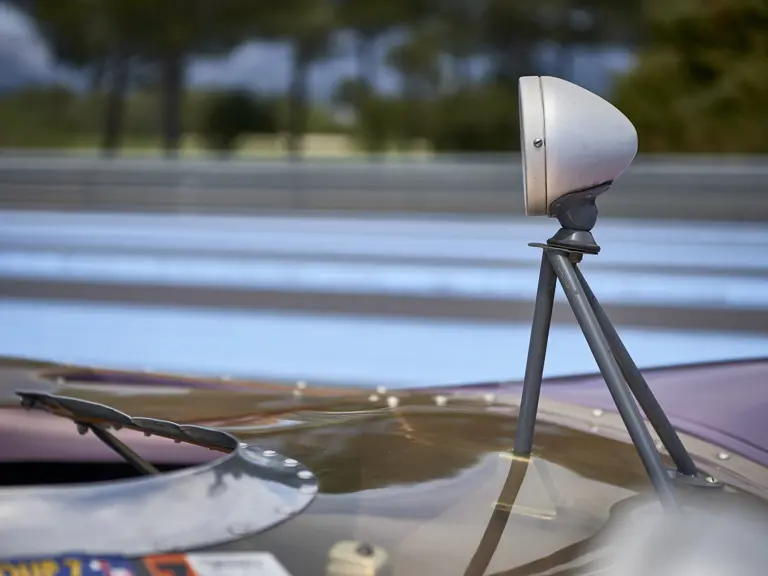
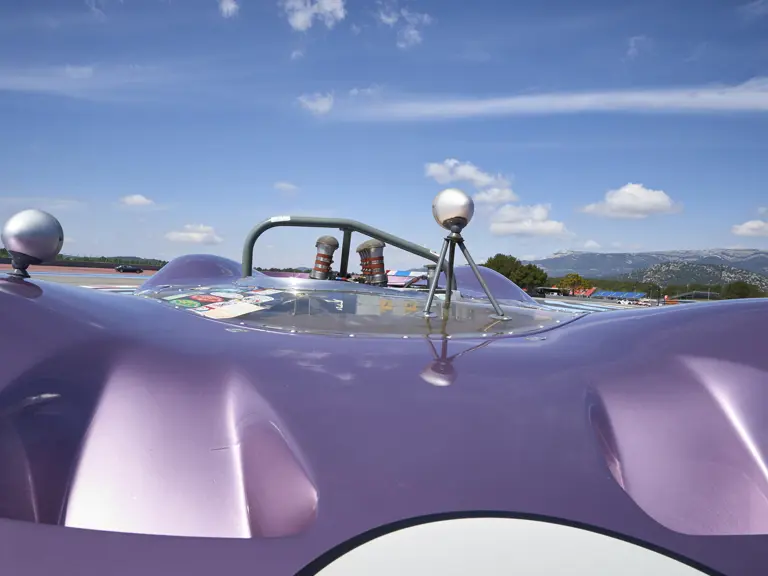
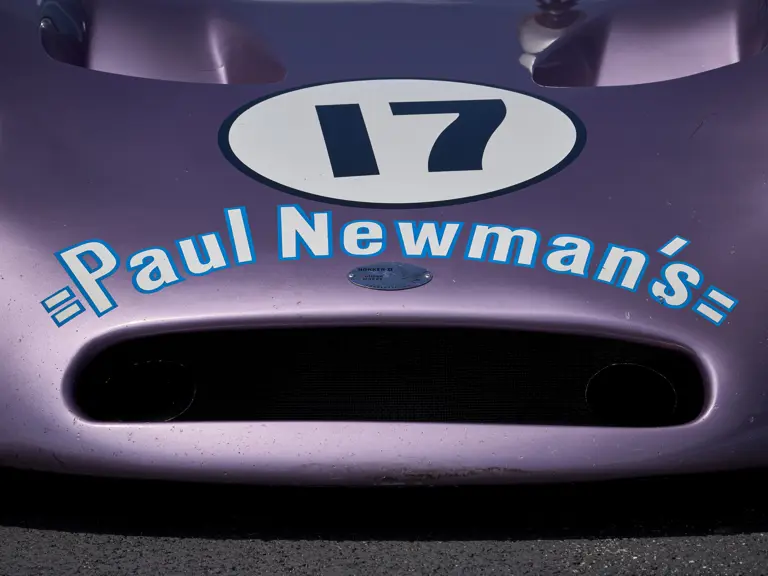
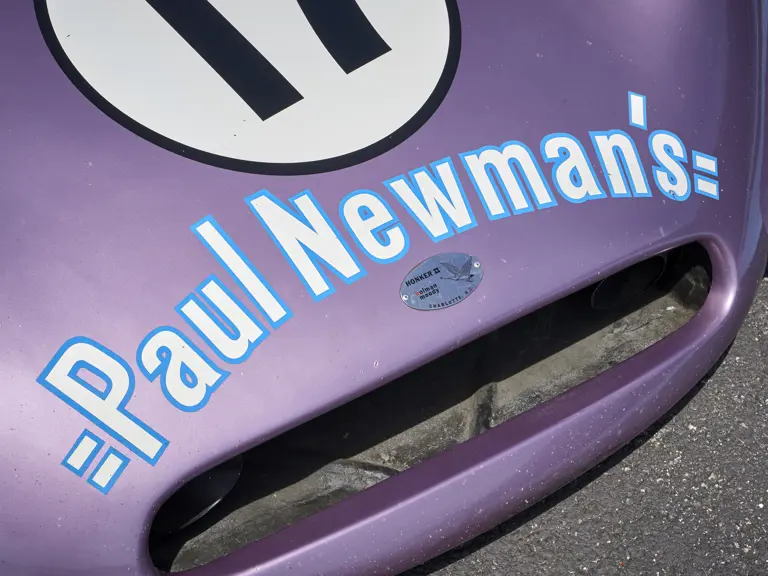
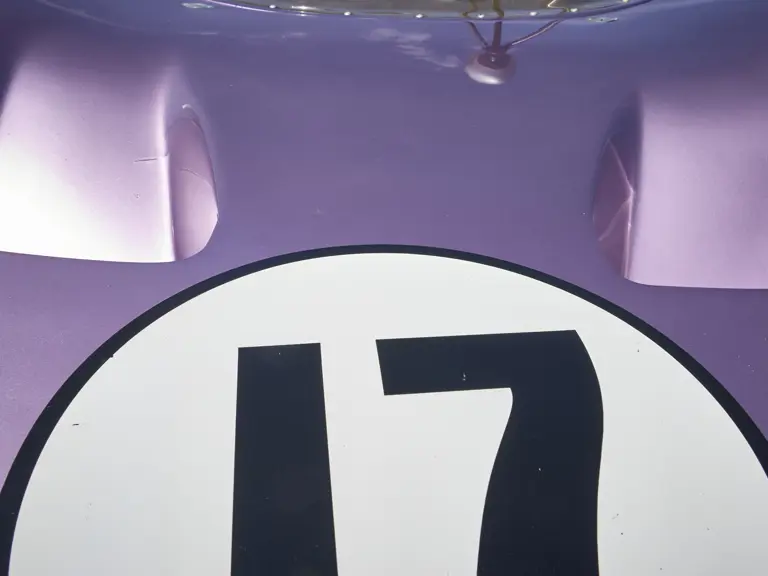
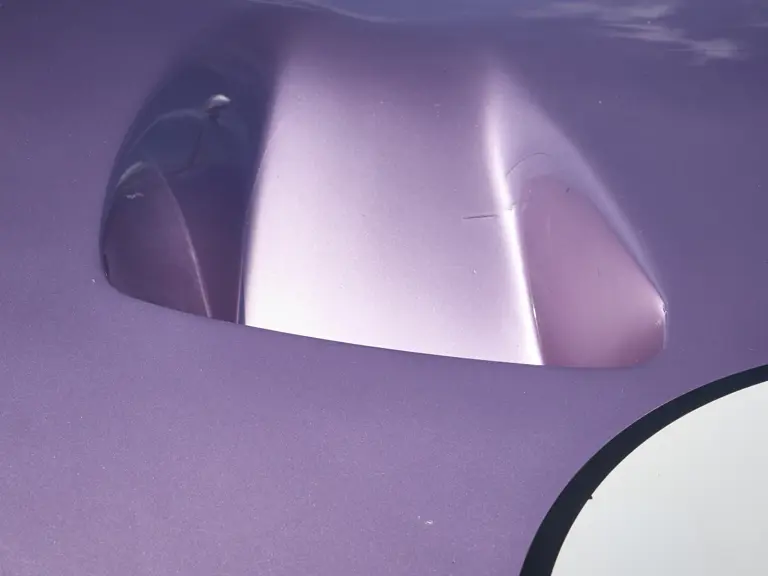
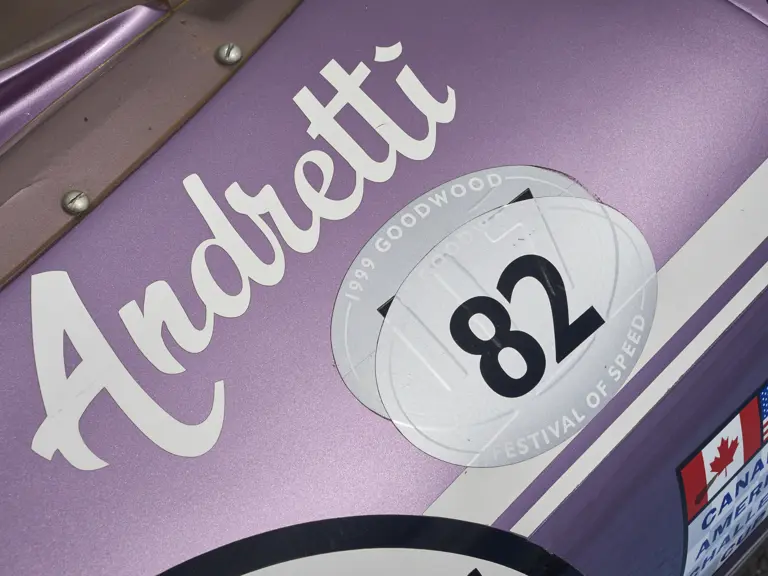
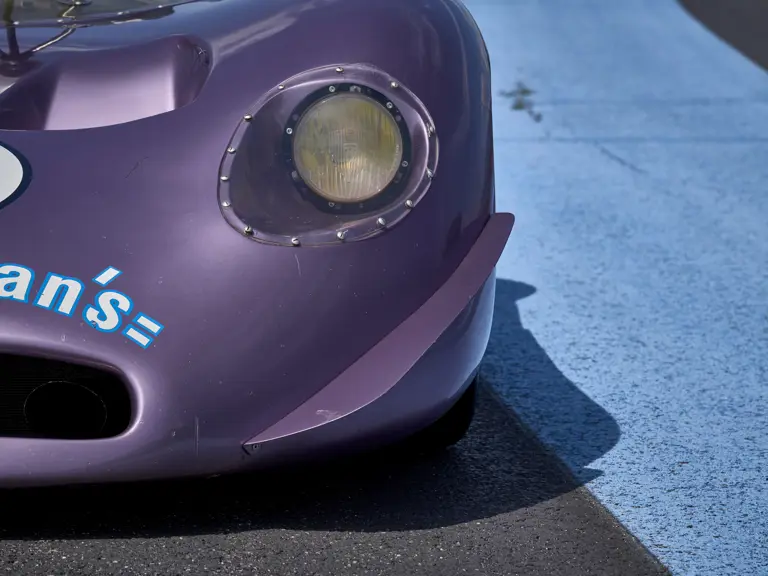
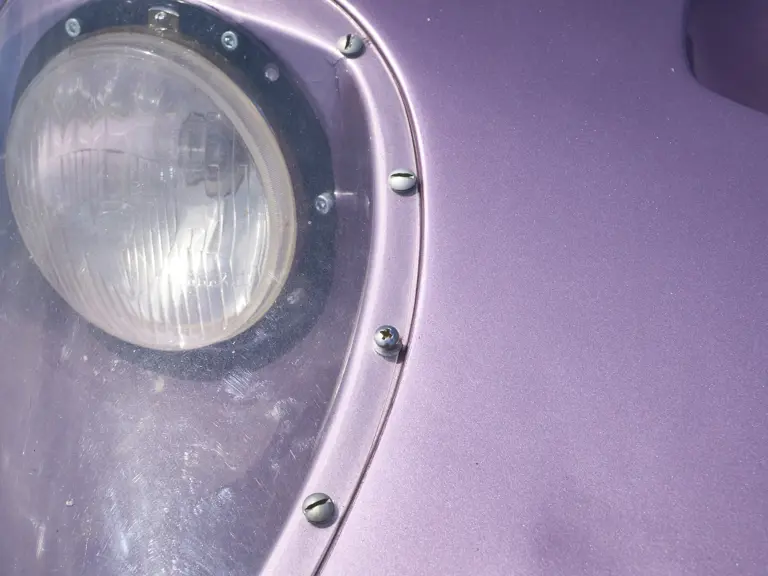
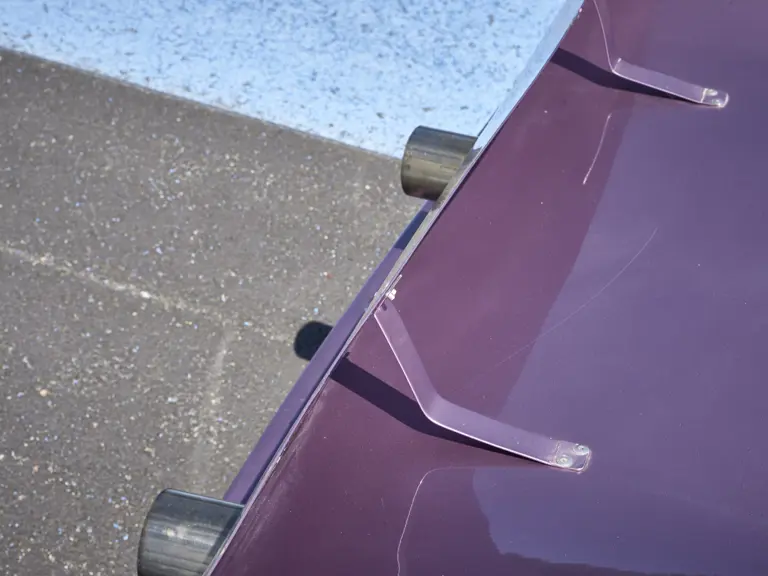
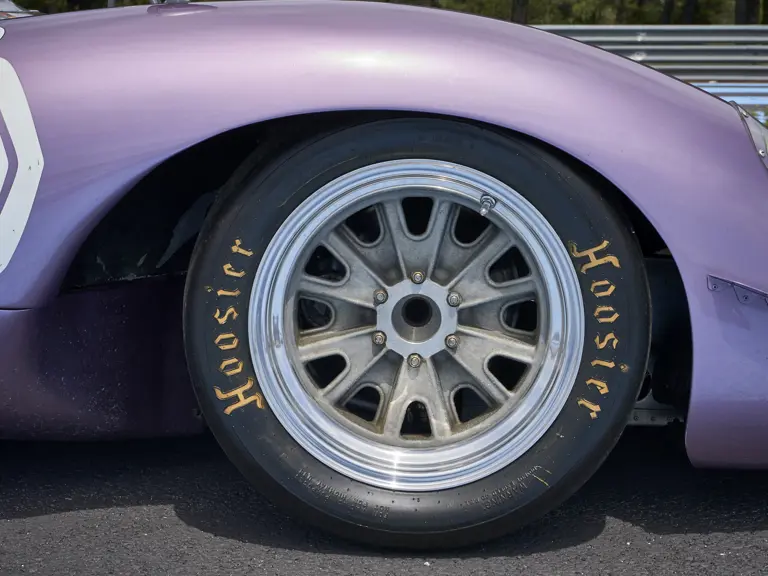
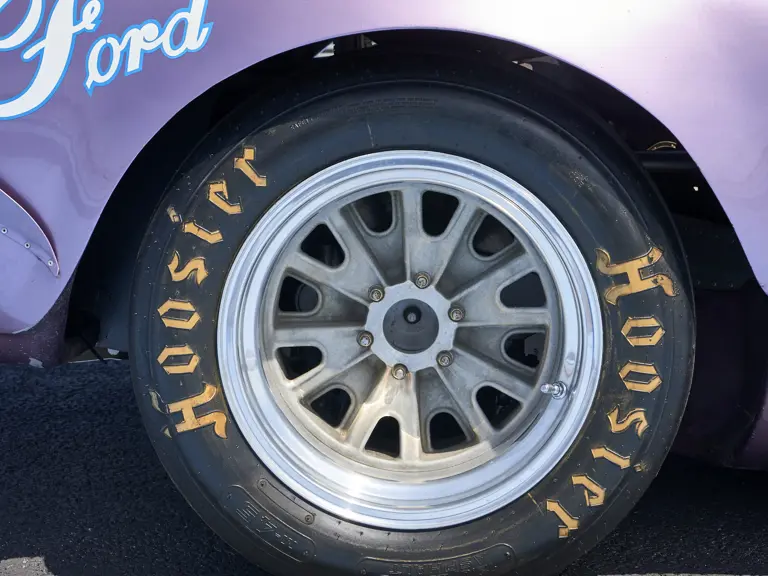
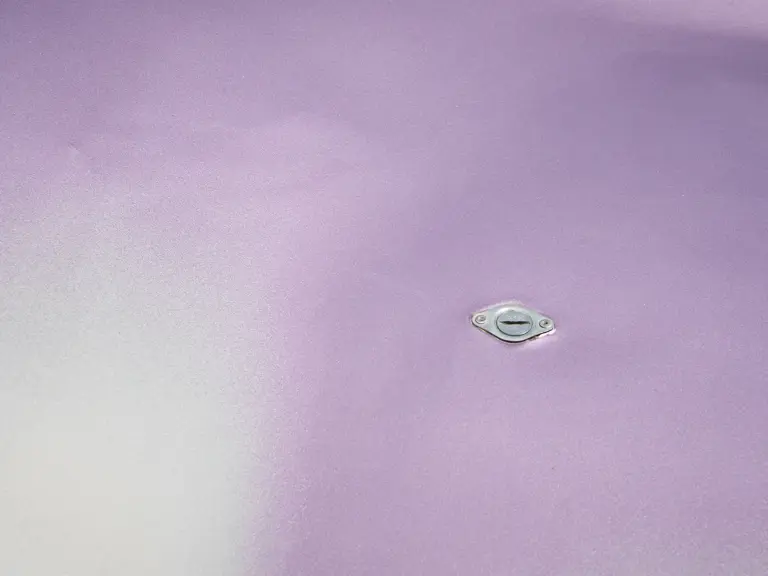
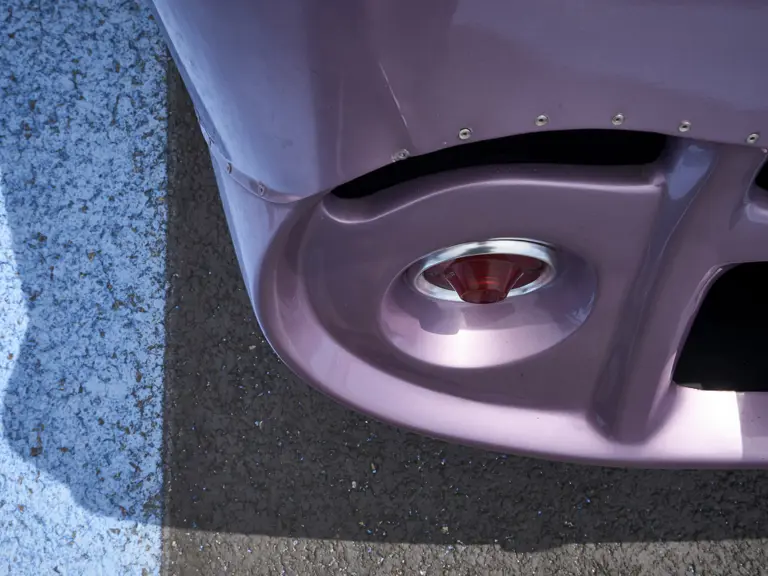


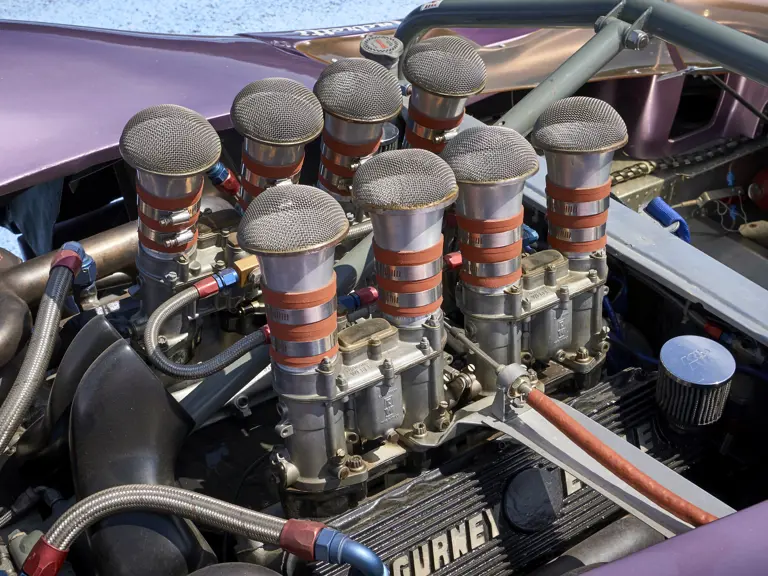
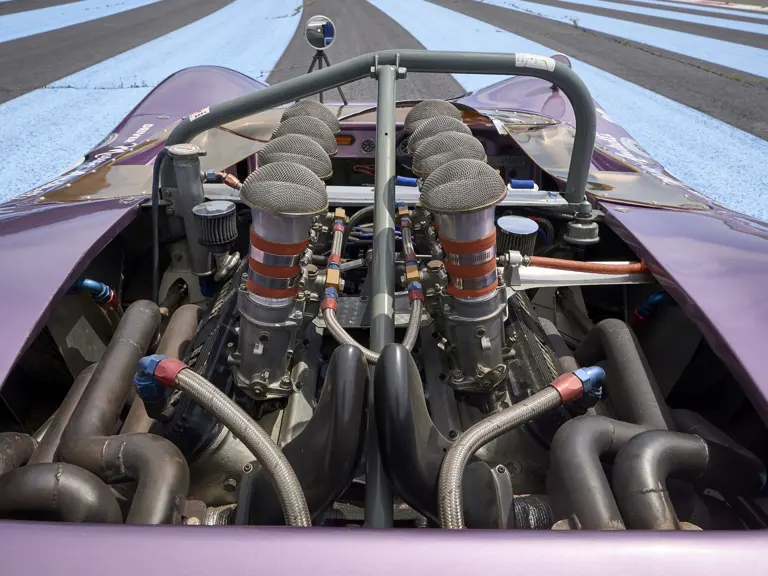
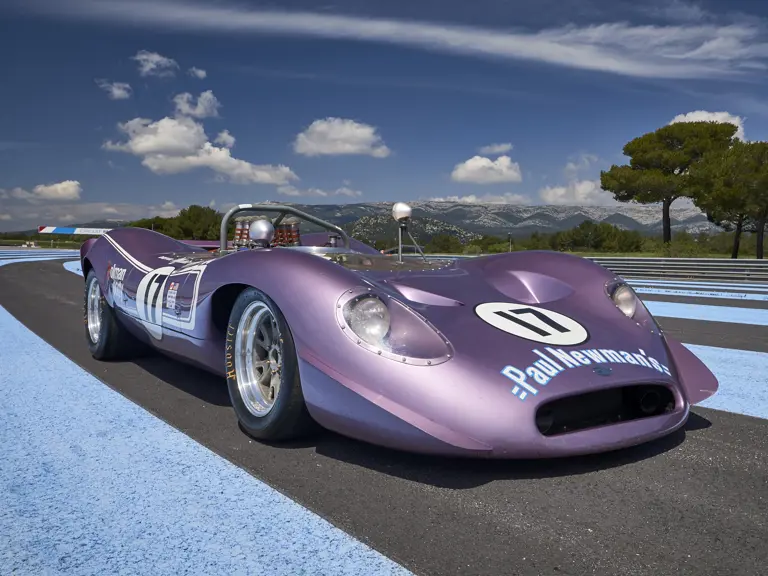
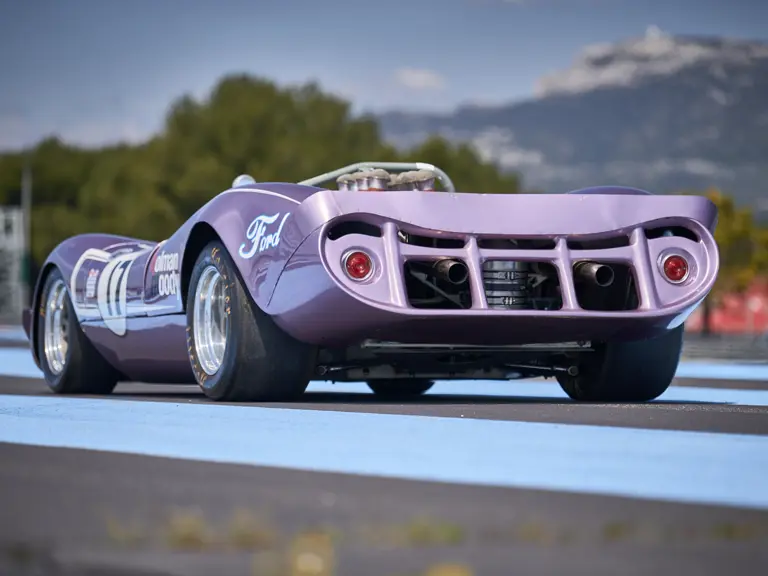
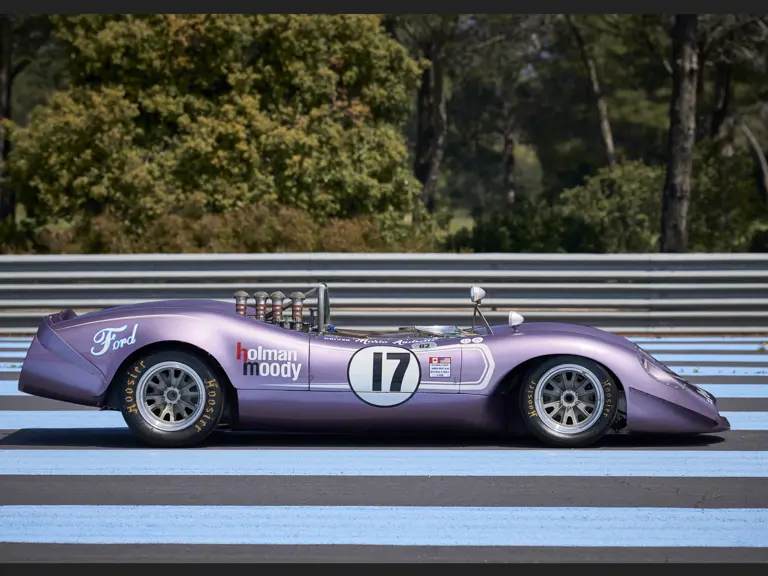
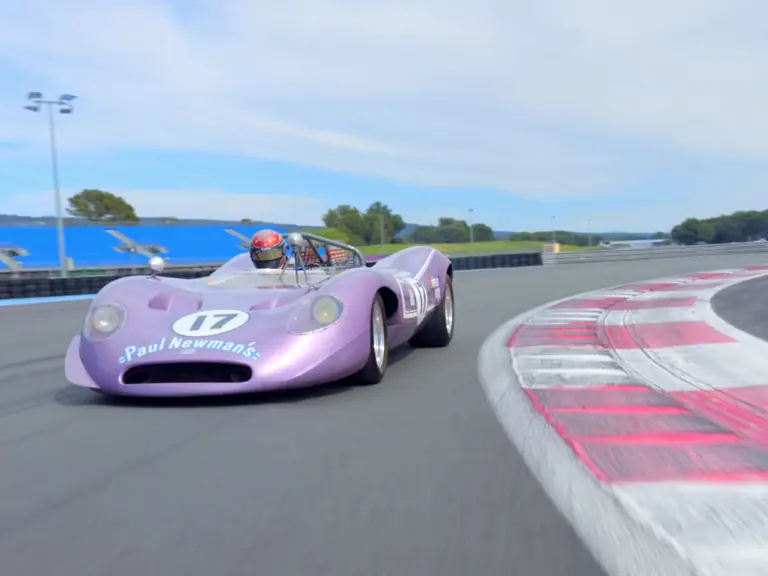
 | Le Castellet, France
| Le Castellet, France
